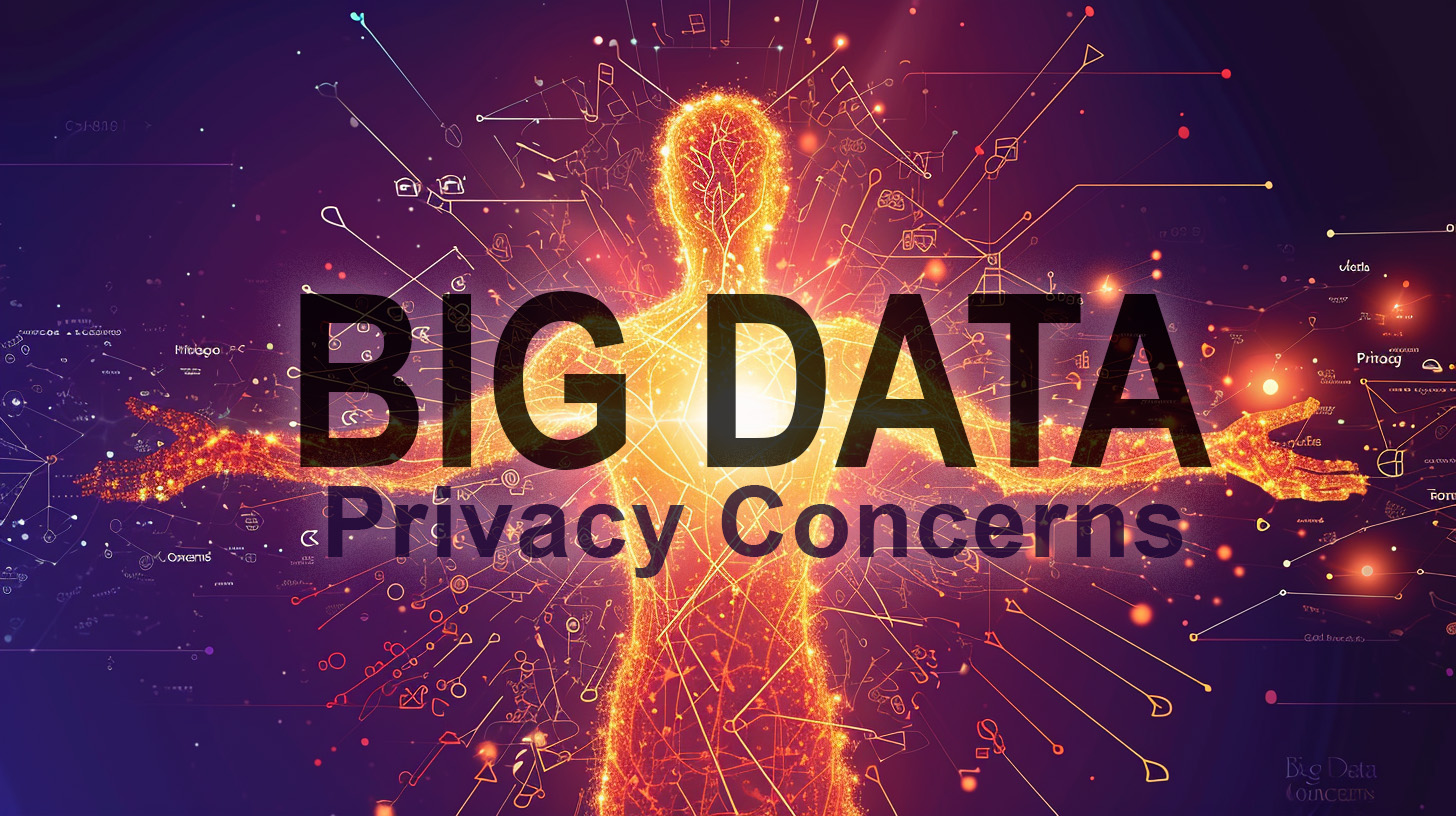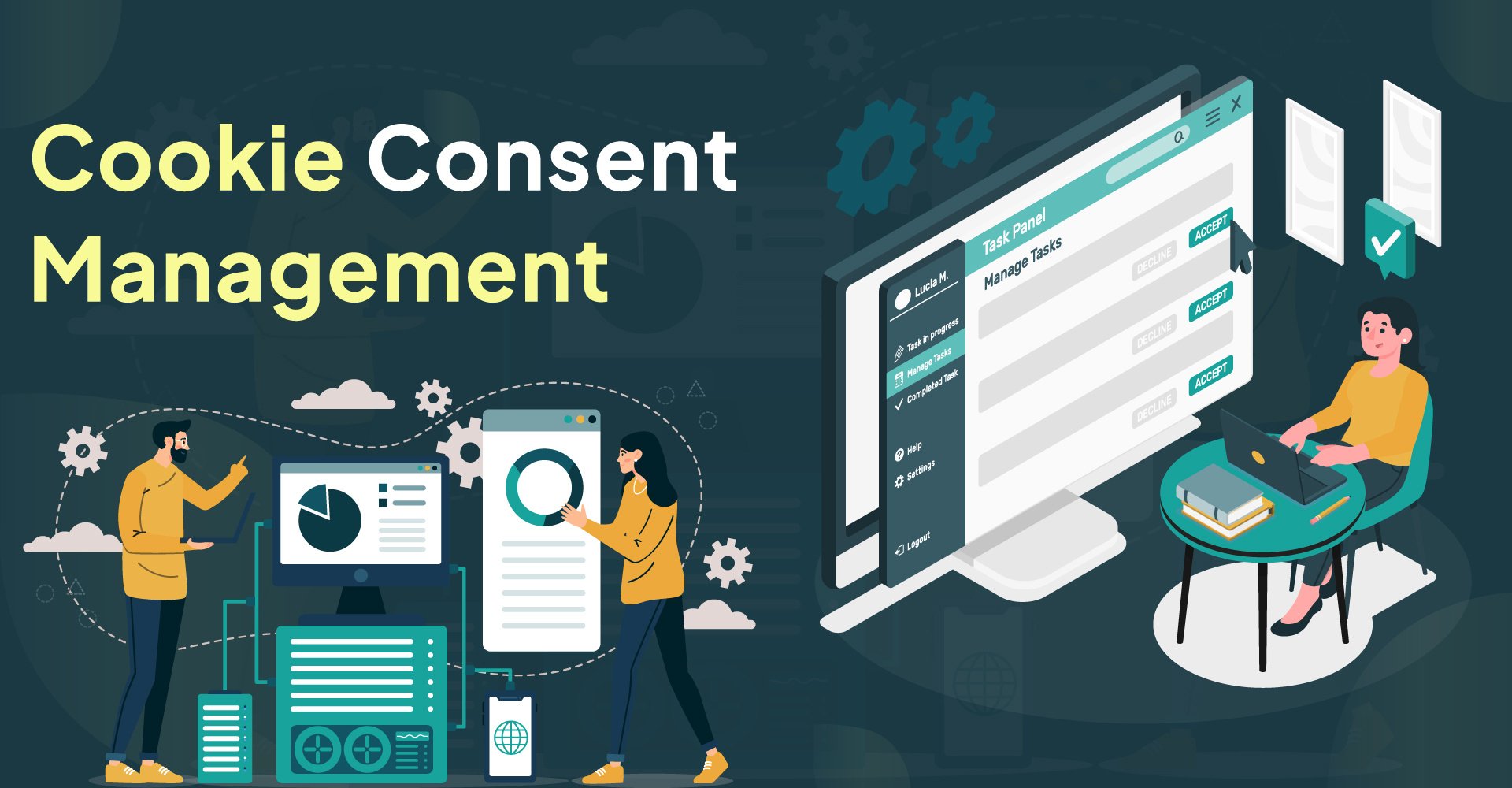
Navigating the Tricky Terrain of Digital Privacy: A Modern Dilemma
In an age where digital footprints become as essential as our physical ones, understanding how our data is utilized online has never been more crucial. Many of us frequent various digital platforms daily—whether it be social media, news outlets, or online services. But have you ever paused to consider the extent of tracking that occurs behind the scenes?
The reality is that organizations, including major players in the internet space, leverage cookies and technologies that track user behavior across their sites. It’s not merely about providing a service; there are intricate systems in place to understand and shape user interaction, tailor content, and target advertisements. One might wonder: how does this impact me?
The Dark Side of Convenience
We often exchange our data for convenience. Clicking “accept” to terms and conditions seems harmless, doesn’t it? However, as I delve deeper into this subject, I realize this action unlocks a Pandora’s box of our preferences, browsing habits, and even location data—used to craft personalized advertisements that follow us across the internet.
It’s like looking in a mirror, but one that not only reflects my choices but also magnifies them for advertisers. As I navigate through this digital maze, I’ve found myself questioning the true cost of these conveniences. For instance, have I traded my privacy for curated content? Is a more tailored experience worth the potential invasions of my personal space?
 A visual representation of data privacy issues
A visual representation of data privacy issues
Despite our increasing awareness, most users remain unaware of the sheer volume of data shared with third parties. As someone who often fiddles with privacy settings on various platforms, I can attest that these settings can be convoluted and overwhelming. The process of data management feels like playing a game where the rules are hidden.
Consent: A Double-Edged Sword
The notion of consent is complicating this issue further. Opting out is often framed as taking control, yet it can feel more like navigating a labyrinth. When faced with the sheer number of requests for approval to use data, I find myself thinking of the old adage: if something seems too good to be true, it probably is. The ease with which data transactions occur often leaves a bitter aftertaste.
Understanding the use of cookies plays a significant role here. They are not just a tool of convenience; their role in advertising and tracking begs more questions about their necessity. I often wonder if the personalized ads I encounter genuinely reflect my interests or if they’re merely a product of algorithmic interpretation.
A Call for Transparency
There is a growing call for transparency among internet giants regarding their data collection practices. Users shouldn’t be left in the dark, blindly accepting terms that are filled with jargon. It’s critical that platforms work towards simplifying data usage policies and informing individuals precisely how their data contributes to the service provided. People deserve to know the stakes involved in their digital relationships.
Personally, I’ve started relying on tools that promote transparency and give me more control over my online footprint. It’s an empowering feeling, taking steps to ensure my data is handled in ways consistent with my expectations. While I realize these measures aren’t foolproof, they represent a starting point for anyone concerned about maintaining their digital privacy.
 The complexities of managing cookie settings
The complexities of managing cookie settings
Striking the Right Balance
Ultimately, the question is how we can strike a fine balance between thriving in an increasingly interconnected world and safeguarding our personal information. It seems that more dialogue is needed, along with stringent regulations that can offer real protection against unauthorized access to personal data.
In my opinion, a cultural shift is essential. Awareness around digital rights must reach a tipping point, fostering a formidable tide against invasive data practices. Only then can we cultivate an environment where thoughtful consent is paramount and privacy is preserved.
On a final note, if we can advocate for clearer, more user-friendly practices, we can not only empower ourselves but also initiate broader change within the digital ecosystem. It’s time we take back control of our data.
Conclusion
As I reflect on my journey through the ever-evolving landscape of digital privacy, I realize the importance of being proactive in safeguarding my information. Each individual’s voice contributes to shaping a better landscape, one where convenience does not come at the expense of privacy. Let’s stand up and demand a digital world that seeks to protect, rather than exploit, our connections.
 A hopeful future for digital privacy
A hopeful future for digital privacy














